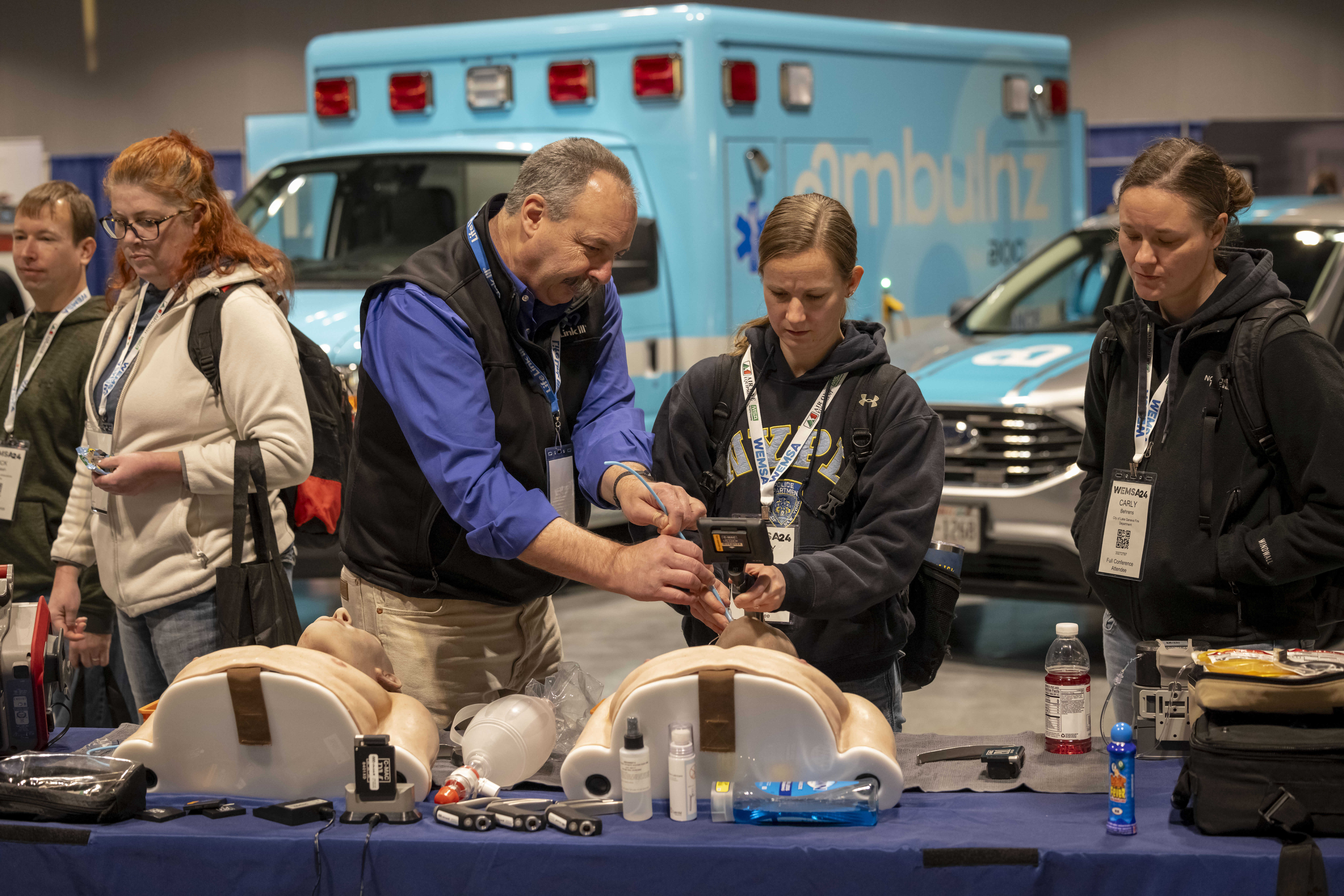EMS providers are often the first link in the donation process. From stabilizing patients to preserving organ viability, your role is critical in honoring a patient's final wishes. This education section features a CAPCE-accredited course designed specifically for EMS, access to a real-world Wisconsin family's story, as well as supplemental reading to help deepen your knowledge and confidence around organ and tissue donation.
🎓 Keeping Hope Alive – Your Role In Preserving the Opportunity for Organ and Tissue Donation
Often the first on scene, EMTs and paramedics can play a critical role in facilitating organ donation. Saving lives is the first step. But when all efforts to save a patient’s life have been exhausted, it’s rewarding to know that you may have played a part in saving and healing others with the gift of a second chance at life or hope. Your efforts may give your patient the opportunity to leave a legacy to others after all life-saving methods have been exhausted. This session will help you better understand your role, the steps you can take without changing protocols to preserve the donation opportunity in the field and better comprehend the facts surrounding organ and tissue donation. Learn from experienced EMTs working in the field of organ transplant about how you can make transplantation possible to save or enhance lives of others.
Course Details:
-
✅ CAPCE-Accredited – 1.0 CE hour
-
🧑⚕️ Audience: All levels of EMS personnel
-
⏱️ Duration: Approximately 60 minutes
| Access the Course | Member | Access the Course | Non-Member |
↔️ Prehospital Donation Plan Pathway
This downloadable graphic is designed as a quick-reference tool for EMS providers to better understand and navigate possible post-resuscitation donation outcomes. It outlines the potential donation pathways following an out-of-hospital cardiac arrest or near-arrest, helping EMS personnel determine when tissue and eye donation discussions may be applicable based on return of spontaneous circulation (ROSC), patient condition, and determination of death.
While EMS personnel do not make death determinations, this flowchart provides clarity on the sequence of care and what types of donation may be considered in specific clinical scenarios. It helps teams prepare to notify the appropriate hospital or donation agencies when relevant and supports EMS providers in understanding how their role intersects with organ, tissue, and eye donation possibilities.
Download the Prehospital Donation Plan Pathway
📖 Informational Articles
Continue your learning with these short reads and resources, curated to help you understand donation systems, dispel myths, and improve field response when donation may be possible.
EMS's Role in Organ and Tissue Donation
-
The Importance of Emergency Medicine in Organ Donation: Successful Donation Is More Likely When Potential Donors Are Referred From the Emergency Department
This academic article explores how EMS professionals can significantly influence the success of organ and tissue donation, particularly in out-of-hospital settings. It highlights the need for education, standardized policies, and collaboration between EMS systems and organ procurement organizations. - The Untold Impact of EMS on Organ Donation: Transforming Tragedy into Hope
Listen to a podcast from EMS Cast discussing the profound impact that one patient’s organ donation can have on society. Even when not every patient gets to go home, the ability to donate organs can positively affect up to 80 people, multiplying our impact and service to the community. Guest Chris Meeks, a critical care flight paramedic and organ recovery coordinator discusses the ethical considerations and the surprising impact EMS has on the potential for organ donation, even in cases that appear to be ‘lost causes’. - Your Captain Speaking: What to Say About Organ Donation
Organ donation is a subject many EMS providers encounter, but few are formally trained to talk about. This article explores how lack of information and cultural hesitancy can lead to confusion or discomfort and how EMS leadership can help change that. This piece offers straightforward, department-level strategies to normalize conversations about donation, correct common misconceptions, and ensure EMS professionals feel confident when their care intersects with end-of-life decision-making.
Debunking Organ Donation Myths
-
Facts and Myths About Organ Donation
Jefferson Health addresses common misconceptions about organ donation, providing factual information to dispel these myths and encourage informed decision-making. -
Organ Donation: Don't Let These Myths Confuse You
The Mayo Clinic offers insights into prevalent myths surrounding organ donation, clarifying misunderstandings to promote awareness and participation.
Understanding Brain Death and Cardiac Death
-
Brain Damage After Cardiac Arrest
Verywell Health explores the effects of cardiac arrest on the brain, discussing the implications for brain death and the importance of timely medical intervention.


